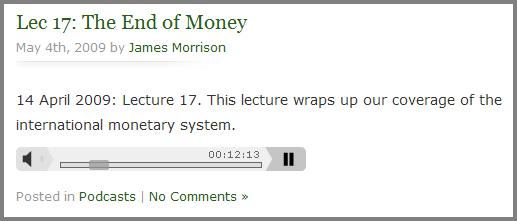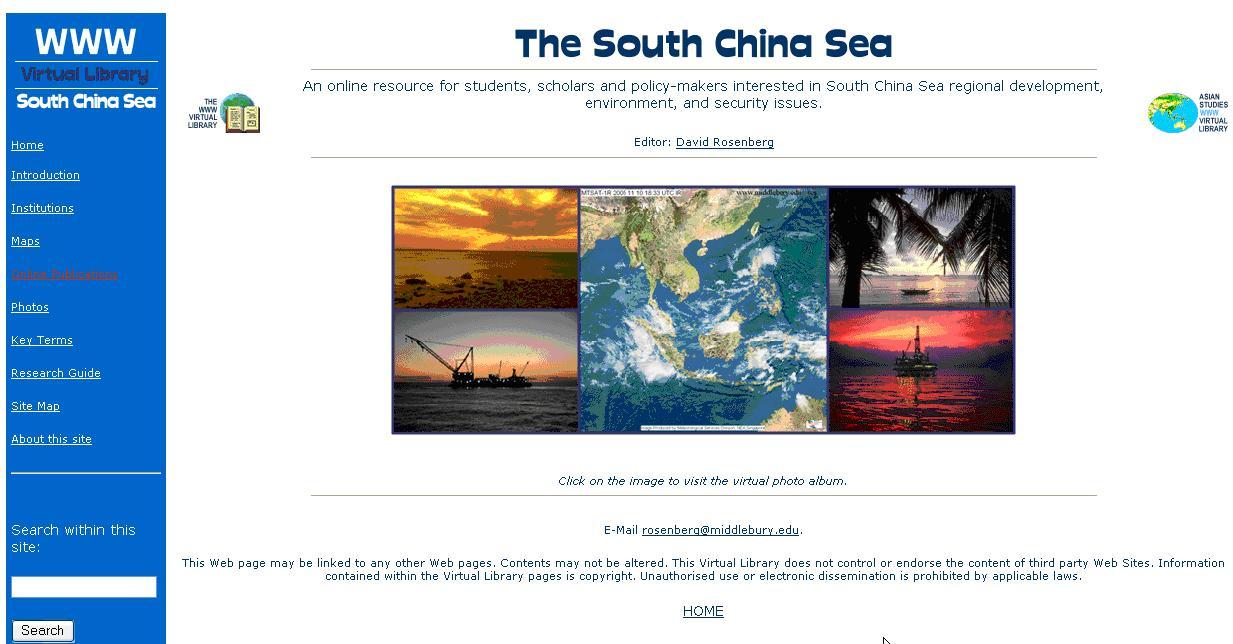 Technology Used: Podcasting
Technology Used: Podcasting
Course: PS0304 International Political Economy (Spring 2009)
Number of Students: 31
Objectives: To better serve the students and democratize education.
Anticipated Learning Outcomes: Better retention and understanding
Actual Learning Outcomes: Some on both fronts
Summary of Poster Session: James Morrison explained how he uses podcasts to record his lectures so that after class, students can review the lectures. “Students can double check difficult, complicated concepts; Overcome language barriers; Get Missed Material. ** Note: My podcasting had no noticeable influence on lecture attendance! **“. Continue reading “Podcasting Lectures – Prof. James Morrison”




